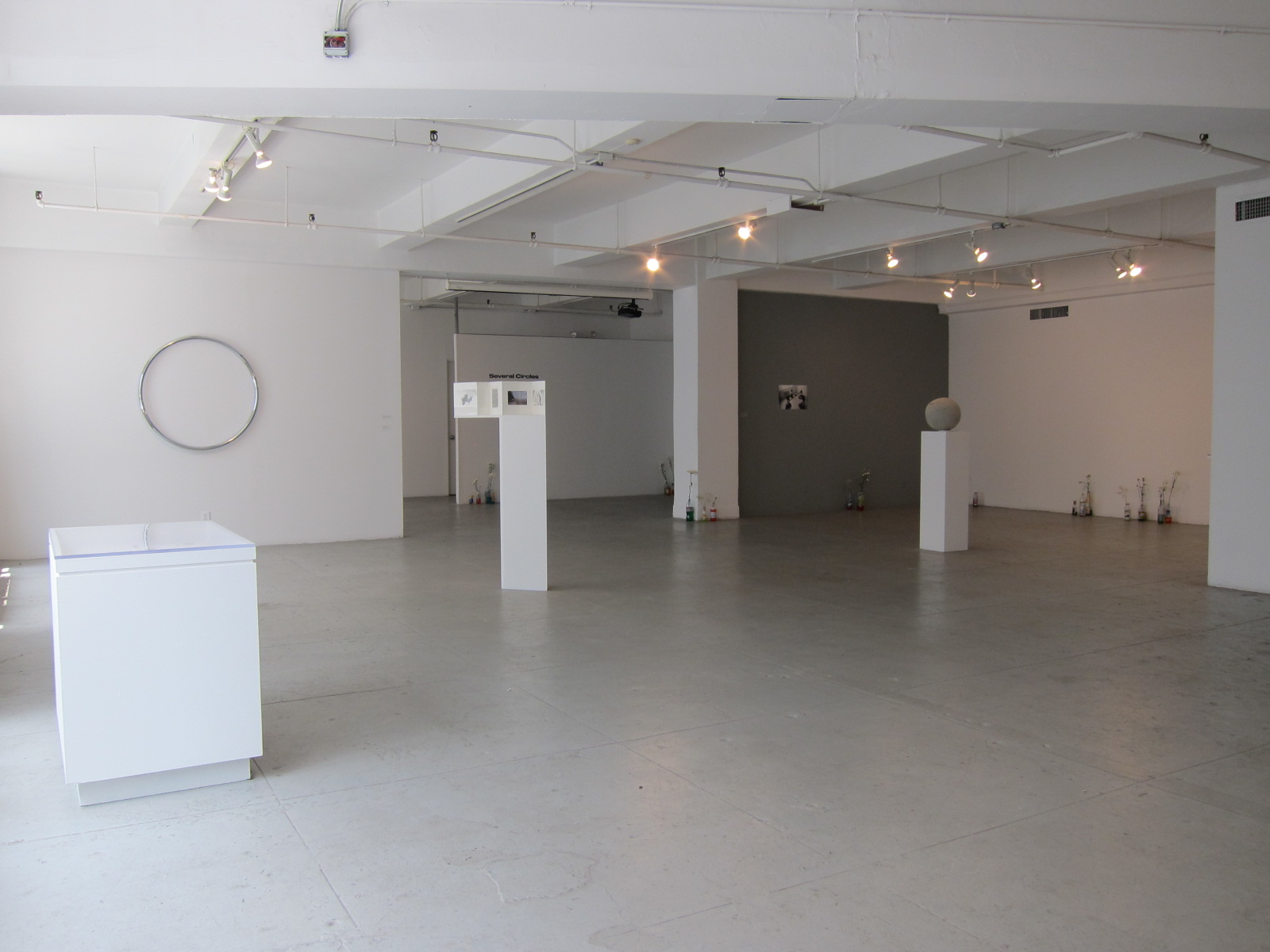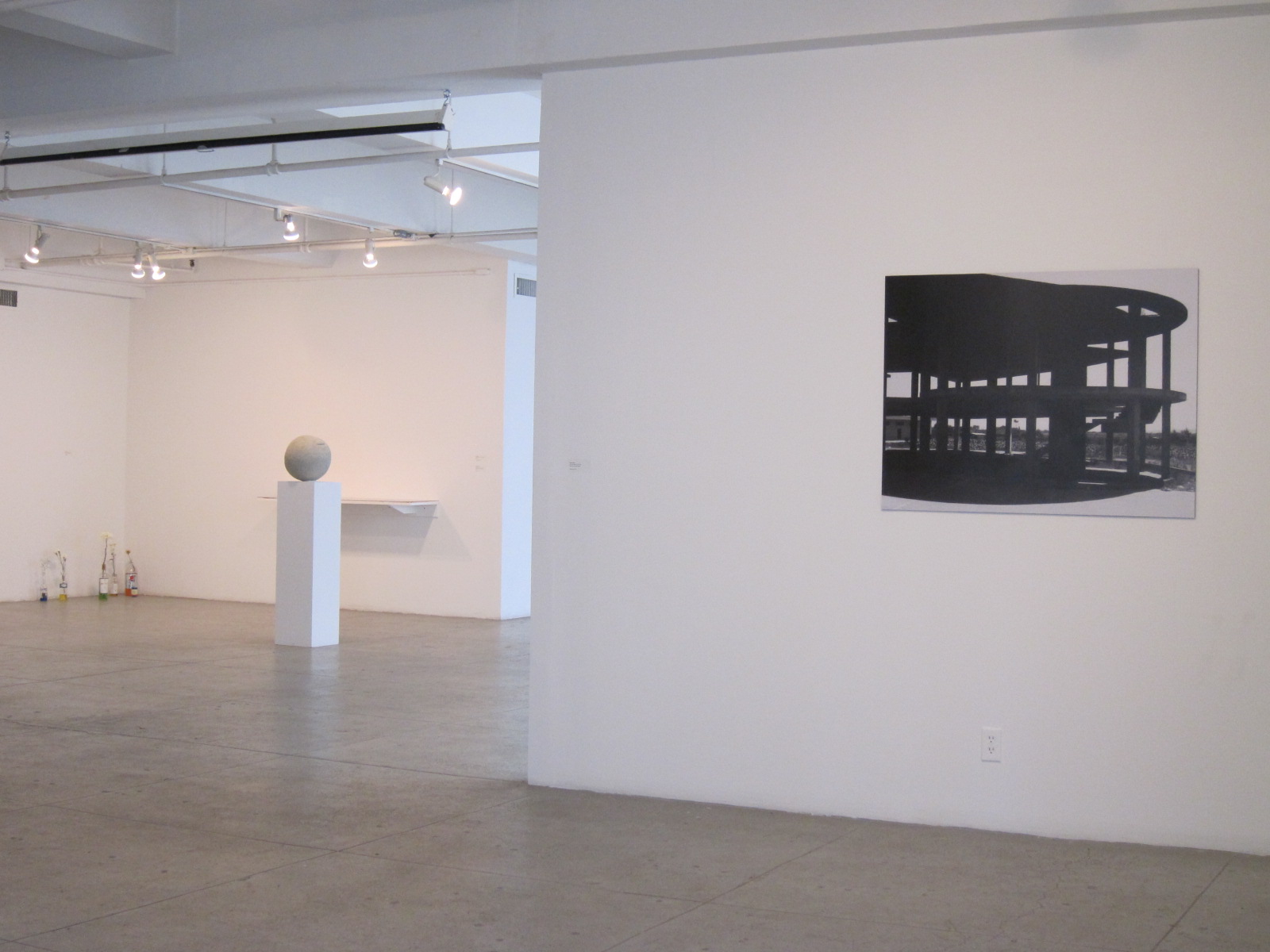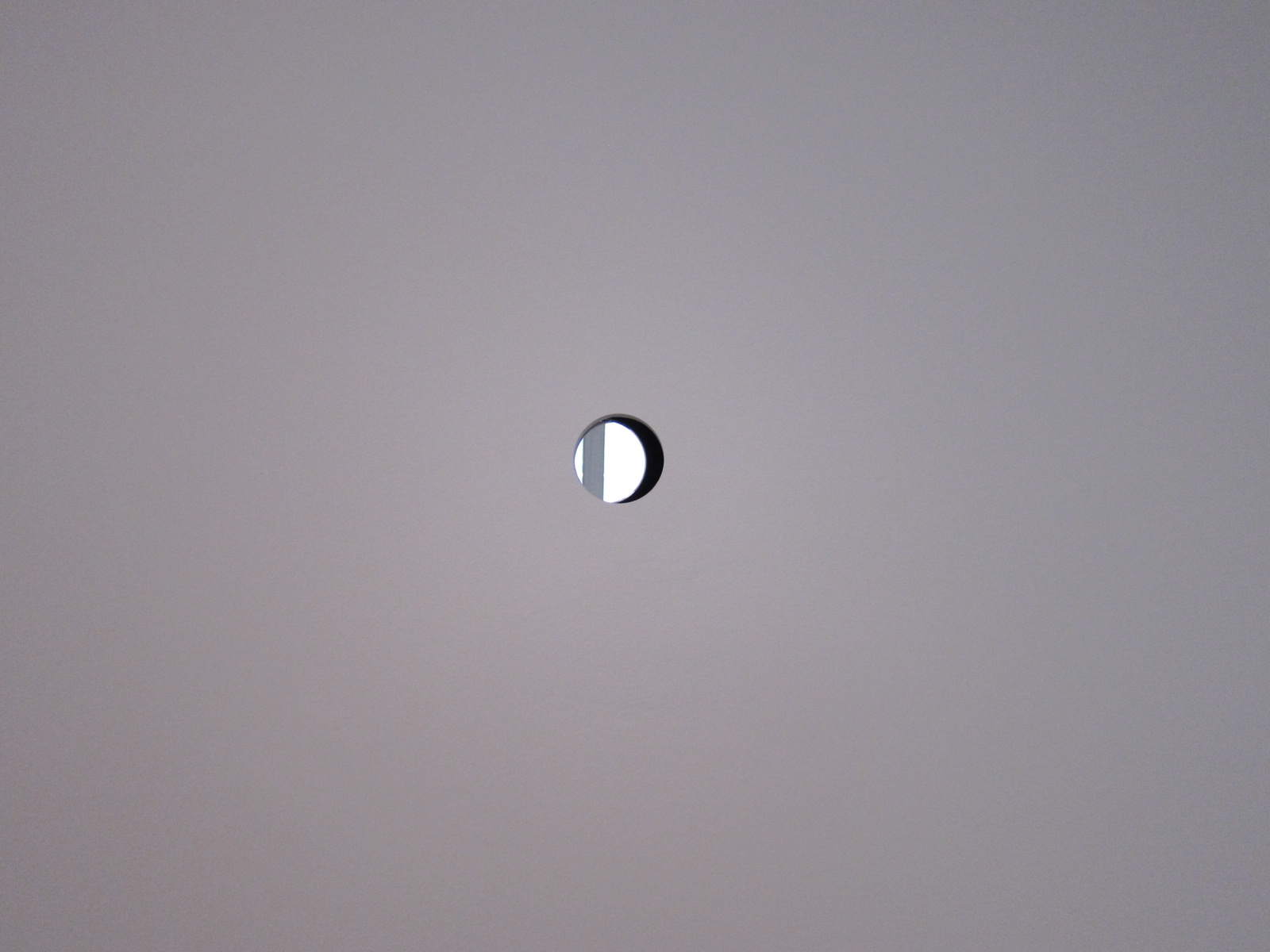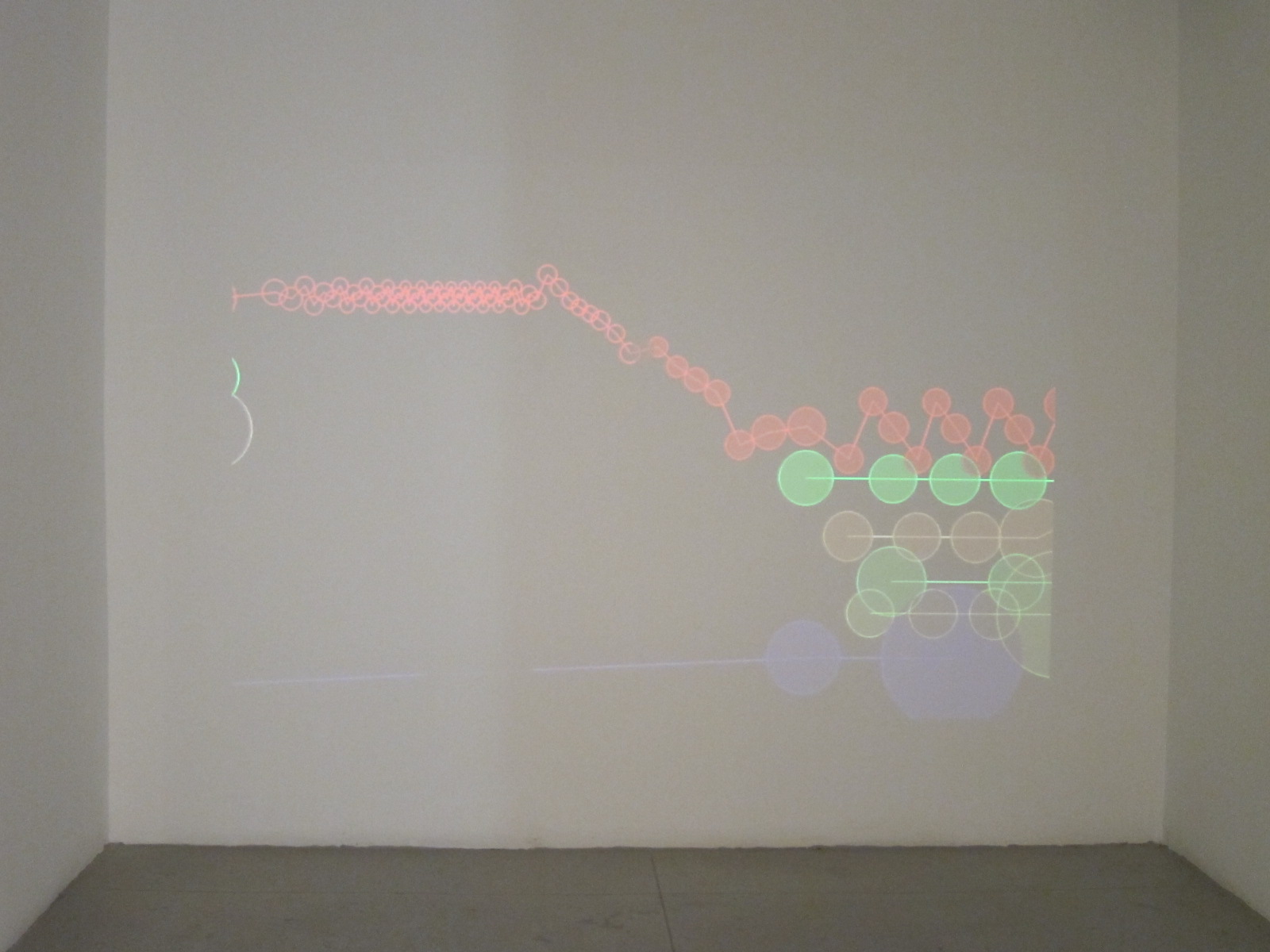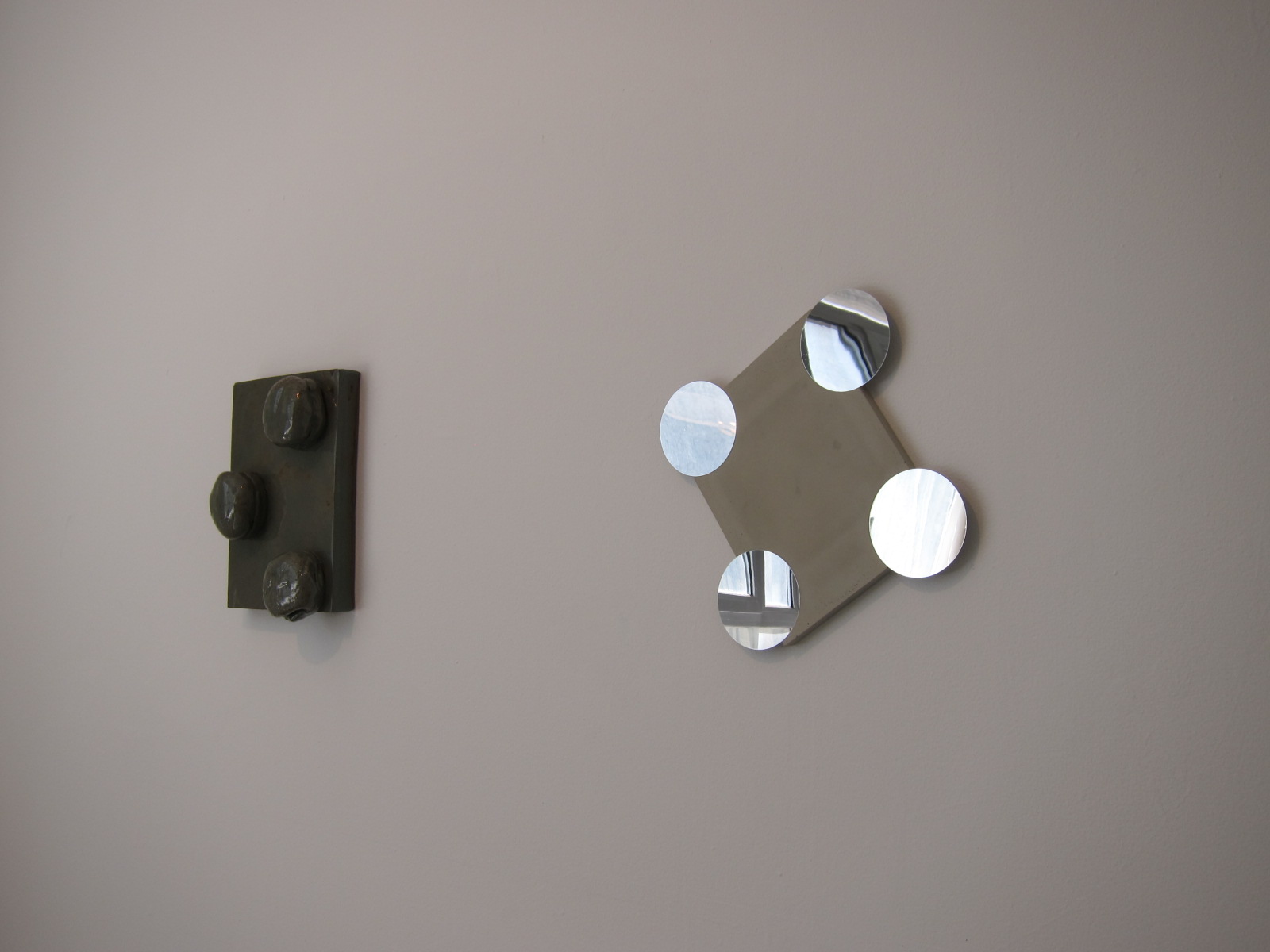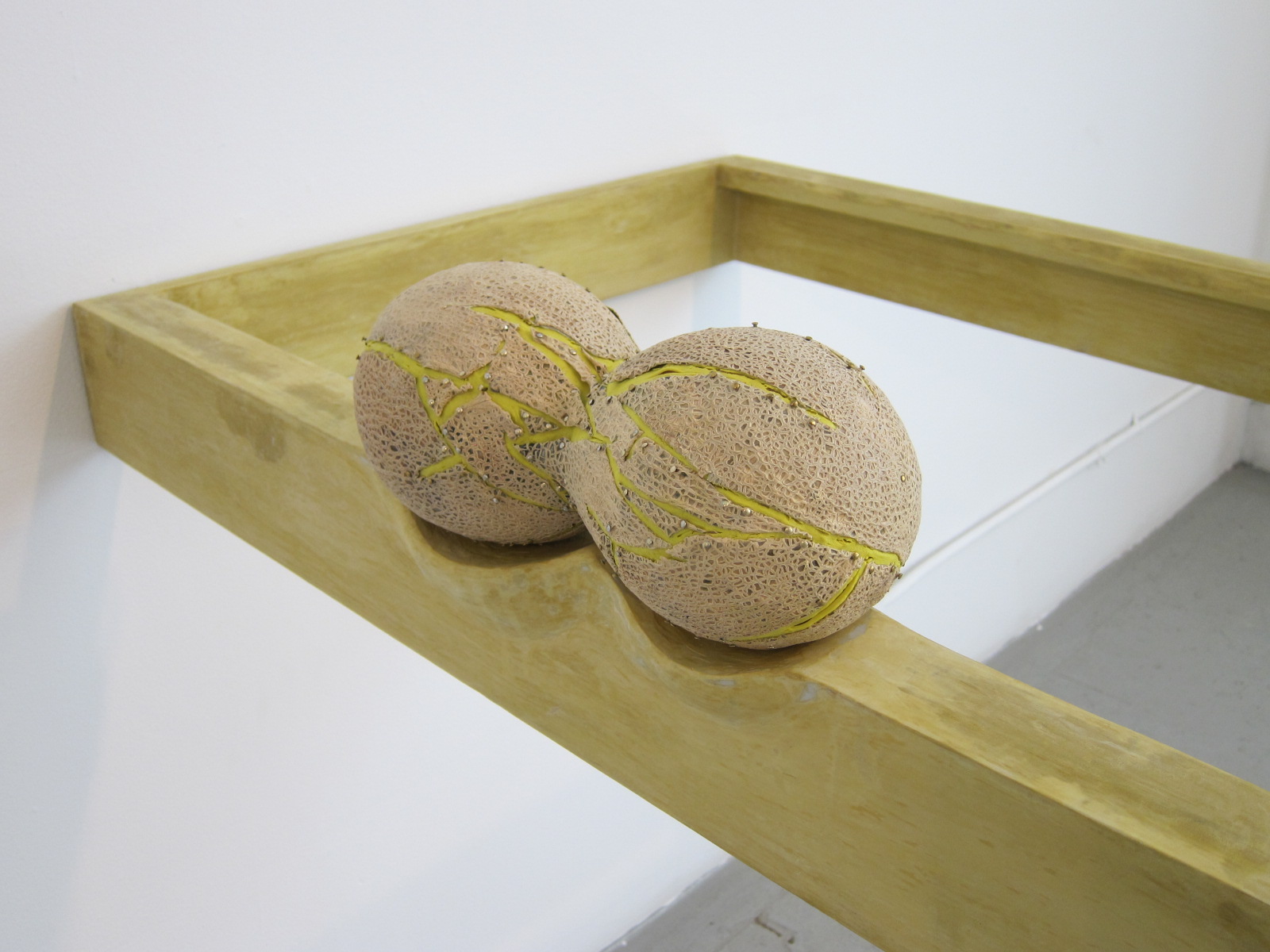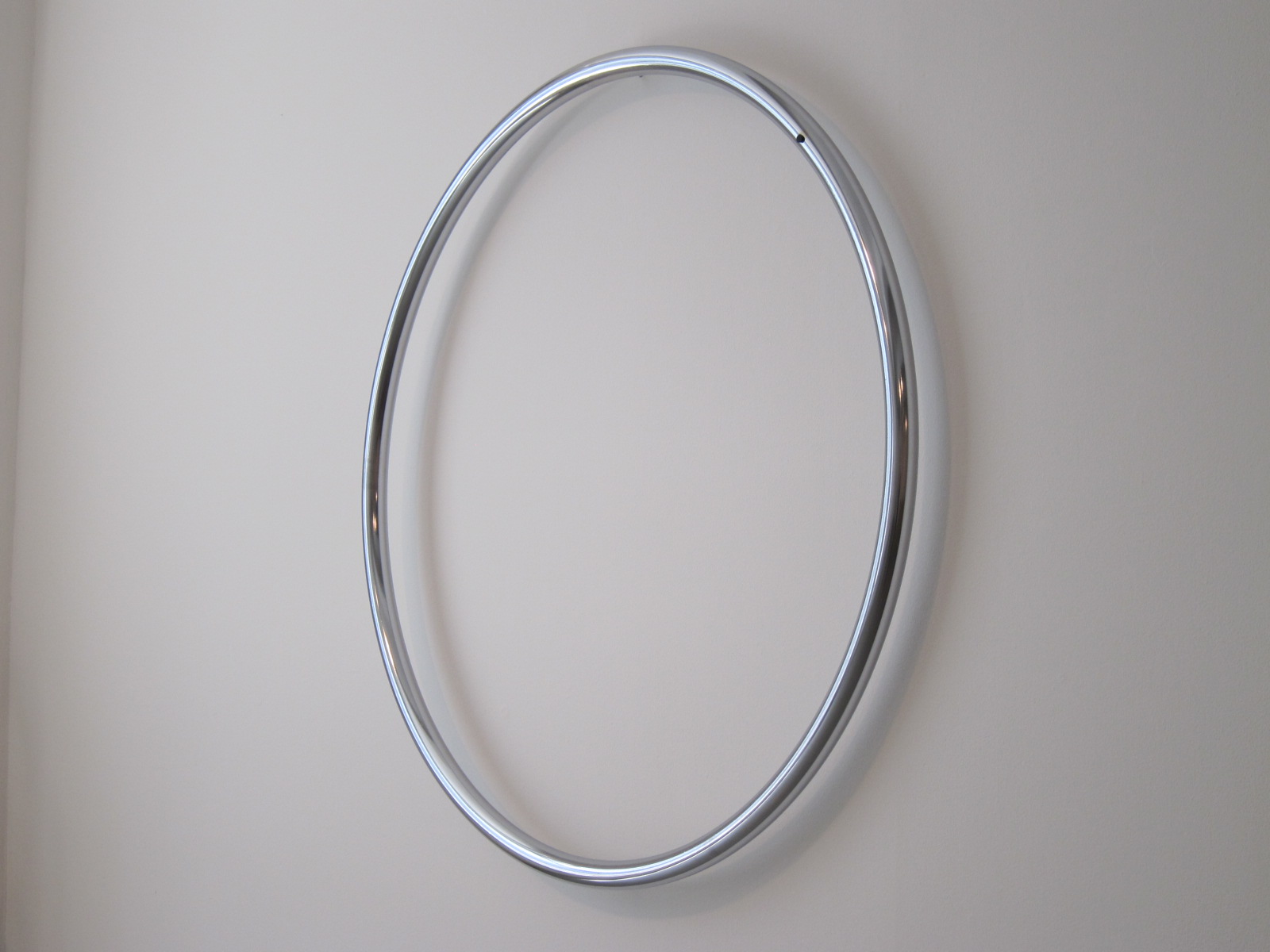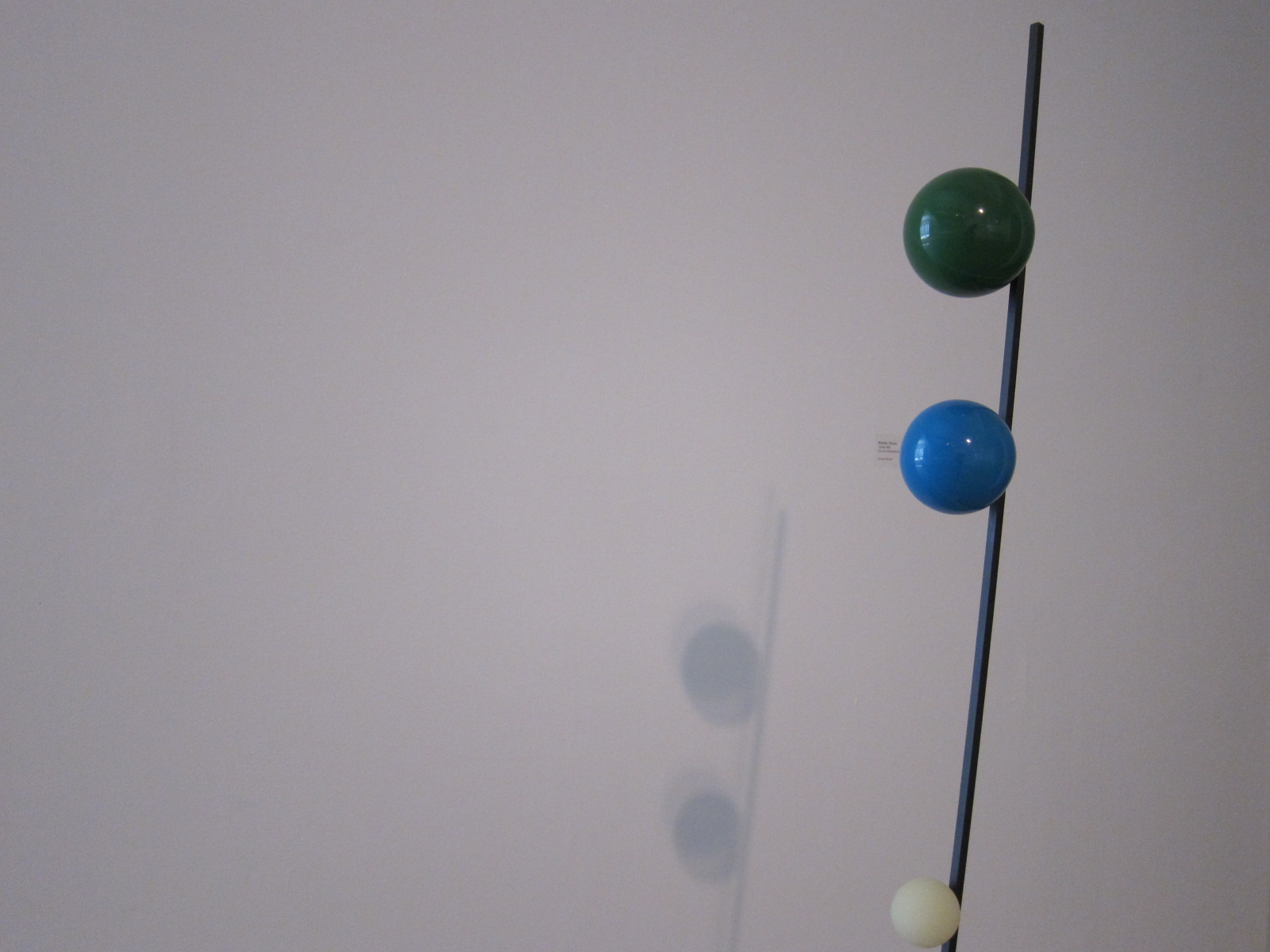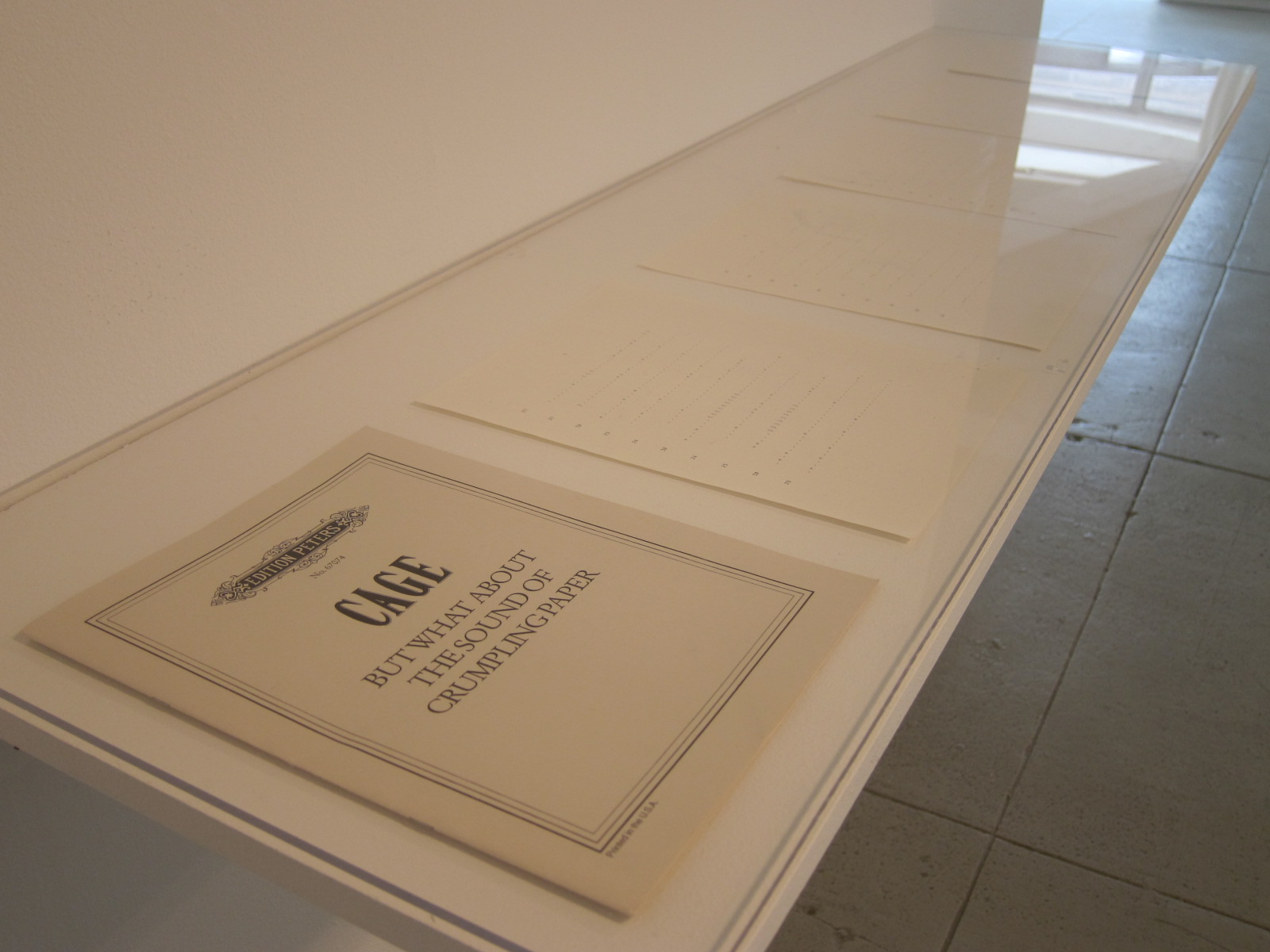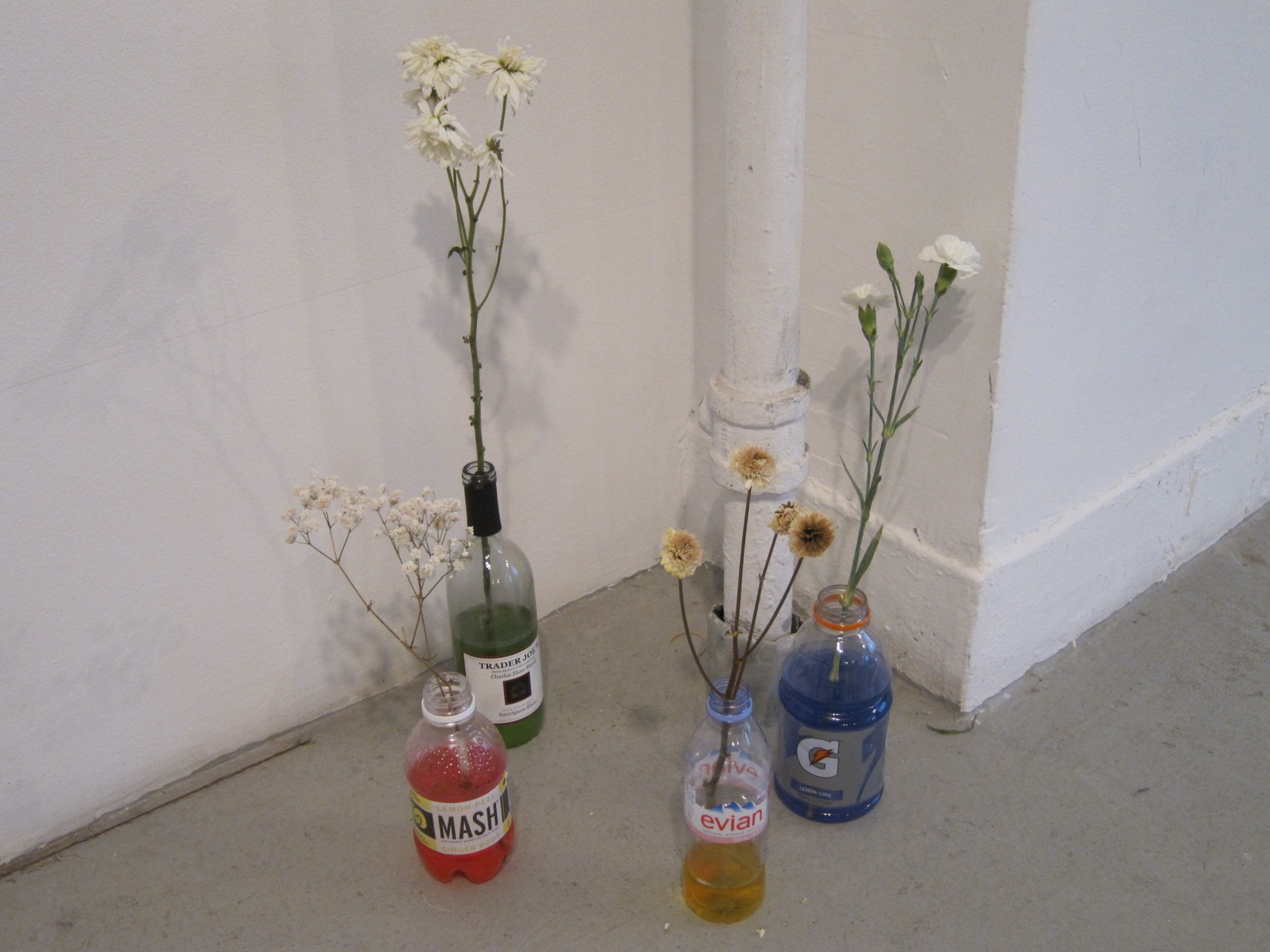Several Circles
April 4—May 17, 2014
Curated by Marco Antonini
Joe Brittain
John Cage
Mia Goyette
Vladimir Havrilla
Rachel Higgins
Music Animation Machine (Stephen Malinowski)
Mamiko Otsubo
Irgin Sena
Slobodan Stošić
Alina Tenser
This group exhibition takes its title from Vasily Kandinsky’s Several Circles, a 1926 painting that epitomizes Kandinsky’s co-optation of geometric form, a consequence of his exposure to Russian Constructivism and to the unfolding utopias that defined the cultural and social climate of the October Revolution. Geometry, for the author of Concerning the Spiritual in Art and Point and Line to Plane, was a way to access and communicate universal truths and feelings.
Kandinsky also believed there was a correspondence among forms, colors, and sounds. (“The circle,” he wrote in a letter to a friend, “is simultaneously loud and soft.”) This phenomenon is known as synesthesia, which is often deemed a neurological condition, and occurs when the stimulation of one sense leads to automatic, involuntary stimulation in another sense. An example of synesthesia is “hearing” colors. This exhibition takes this theory a step further. Recent scientific evidence indicates that the word synesthesia has been incorrectly used to describe connections among stimuli that are in fact induced by semantic representations. The artworks in “Several Circles” are aligned with the newer diagnosis of ideaesthesia: a phenomenon in which concepts evoke perception-like experiences. In other words, these concepts—such as a letter inducing color in the mind’s eye, as learned from refrigerator-magnet alphabets at an early age, or understanding “mu5ic” as “music,” by exchanging the letter “s” with the number “5”—trigger reactions that we believe we comprehend through our senses.
If such perception-events are more about ideas and concepts—our own, or those we glean through interactions with different communities or society at large—to what extent would notions such as popular visual tropes, specific cultural references, or language itself tend to be associated with physical sensations? And how?
The works chosen for this exhibition connect not only sight, hearing, taste, touch, and scent, but reach out to a cosmos of “other” senses defined by the artists’—and our own—understanding of reality, and ways to make meaning of it. Apart from their ideaesthetic qualities, the works are unified by the recurrent use of the circular form, a trait d’union suggesting the possibility of a networked reading of the whole exhibition. Kandinsky’s talismanic Several Circles will appear in the exhibition in many different forms, serving as connective tissue among the objects and images on display.
EVENTS
Thursday, April 24th, 6:30PM
Sensory Tour with Georgia Krantz
Thursday, May 1st, 6:30PM
Sensory Tour with Georgia Krantz
Thursday, May 8th, 6:30PM
Sensory Tour with Georgia Krantz
Friday, May 16th, 7:00PM
( 0 ) and ( ) ), sometimes played in unison
Mia Goyette, Antifreeze (Fortified Flower Vases), 2012-2014. Fresh flowers, food color, water, bottles.


